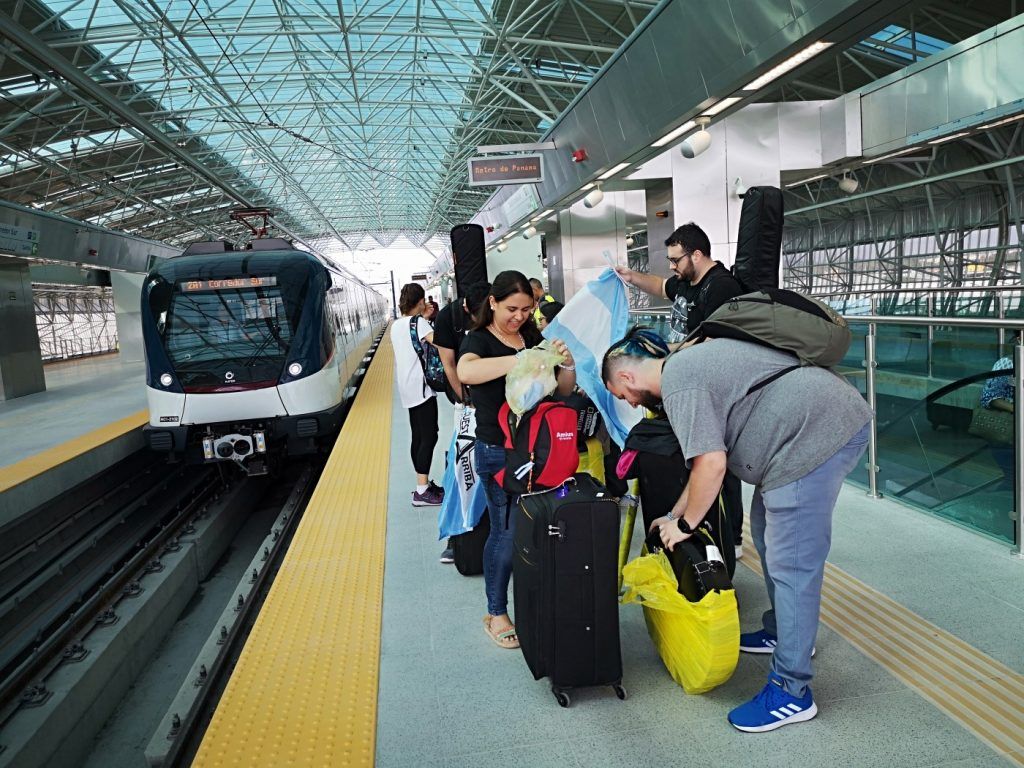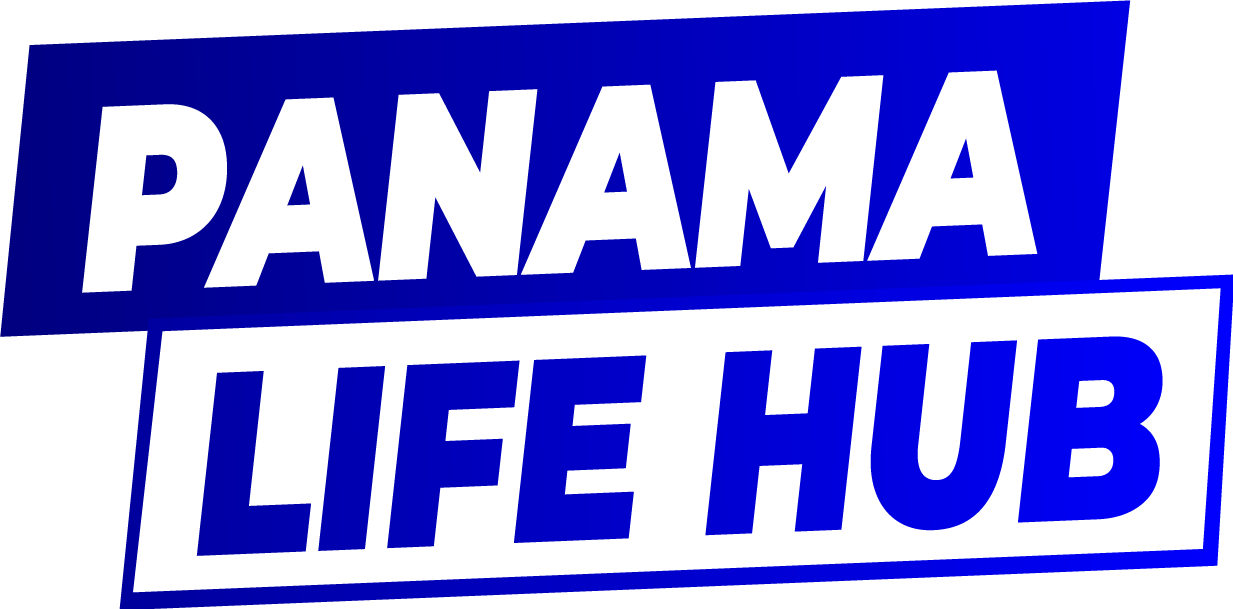
Getting around Panama City is straightforward and affordable thanks to its integrated public transportation system, centered around the Metro Bus Card. This essential rechargeable magnetic card is your key to accessing both Metro buses and the Panama Metro. While the standard user card is orange, other versions exist, including white for students and personalized cards for retirees or people with disabilities.
Cash payment for public transport was eliminated, replaced entirely by this card. You’ll need a Metro Bus card not only for city buses and the Metro, but also to board buses at the massive Albrook Terminal for inter-provincial travel.
Getting & Recharging Your Metro Bus Card
- Card Cost: Each Metro Bus card costs $2.00, with a minimum initial recharge of $0.50.
- Where to Buy: You can purchase and recharge cards at various points across Panama City. The easiest and most reliable places are at all Metro stations, which have automated machines.
- Recharge Machines: These machines accept U.S. dollar bills only (no coins). Be aware that they can sometimes have lines, especially during peak hours.
- Maximum Balance: Your Metro Bus card can hold a maximum balance of $20.00.
- Card Validity: The card remains valid for 5 years from its last use or recharge.
- Refunds: In case of loss or theft, you can request a refund of your card balance only if you registered the card in your name at the time of purchase with a vendor.
Understanding the Panama Metro System
Zoom across Panama City with ease on our modern and convenient Metro system. It currently features two operational lines and plans for future expansion:
- Line 1: Spans 16 km, connecting key areas since its completion in 2014.
- Line 2: Extends 21 km, linking important sectors after opening in 2019.
- Line 3: Currently under construction, this line is set to connect Panama Oeste province, aiming for completion in 2026.
The Metro boasts a network of 32 stations, including surface, underground, and elevated options. Its sleek Alstom trains have a capacity of 1,700 passengers, offering fast rides at speeds up to 80 km/h across a 37 km track network. Its growth is a testament to significant government and private investment.
Metro Operating Hours & Frequency:
The Metro operates with consistent schedules:
- Weekdays: 5:00 AM to 11:00 PM.
- Saturdays: 5:00 AM to 10:00 PM.
- Sundays and holidays: 7:00 AM to 10:00 PM.
Important Tip: Be aware that the Metro may close early at night, sometimes 10 to 20 minutes before the scheduled closing time. If you’re planning a transfer between Line 1 and Line 2 close to closing, you might miss your connection. If this happens, you can opt for a Metro bus (if you know the route) or a taxi, which are more readily available at night.
Train Frequency:
- Peak Hours (Typically 7:00 AM – 9:00 AM and 4:00 PM – 6:00 PM): Trains run frequently, with an average wait time of 3-6 minutes.
- Low Demand Hours (Typically 10:00 AM – 3:00 PM and 9:00 PM – 11:00 PM): The maximum wait time is generally 8 minutes.
Bonus Tip: For real-time train arrival updates and additional information, consider downloading the official Metro app.
Metro & Bus Fares (Current as of Mid-2025)
Panama’s public transport is remarkably affordable. Fares are deducted directly from your Metro Bus card balance.
Metro Fares:
- Regular Fare (Line 1): $0.35 per ride
- Regular Fare (Line 2): $0.50 per ride
- Transfers between lines (e.g., Line 1 to Line 2): A full transfer costs $0.85.
- Student Fare: $0.17 (Line 1) / $0.25 (Line 2). Special student cards are required, valid Monday-Friday from 5:00 AM to 8:00 PM, excluding school holidays and national holidays, with a limit of two trips per day.
- Retiree / Disabled Fare: $0.24 (for both Line 1 and Line 2). Personalized cards are required; these offer significant discounts.
Metro Bus Fares:
- Regular City Routes: $0.25 per ride
- Corredor (Expressway) Routes: $1.25 per ride (these buses are marked “Corredor Sur” or “Corredor Norte”).
Key Things to Know About the Metro Bus System
- Cashless System: No cash is accepted on buses or at Metro turnstiles; you must have a loaded Metro Bus card.
- One Card Per Person: You cannot swipe one card for multiple passengers; each needs their card.
- Service Frequency: Bus frequency can vary, especially outside peak hours or in less central areas, so be prepared for potential waits. The Metro, however, runs very frequently during operational hours.
- Coverage: While the Metro and Metro Bus cover much of the city, some specific destinations or neighborhoods might have limited accessibility by public transport.
- Language Barrier: For non-Spanish speakers, navigating the bus system might present a slight language barrier. Knowing basic Spanish phrases or using mapping apps can be helpful.
Alternative Transportation Options
While Panama’s Metro and Metro Bus system offers a budget-friendly way to travel, for increased flexibility, door-to-door service, or faster travel times, consider these alternatives:
- Ride-Sharing Apps: Services like Uber are widely available and popular in Panama City, offering convenience and transparent pricing.
- Taxis: Traditional taxis are plentiful. It’s common practice to negotiate the fare before starting your journey, as many don’t use meters.
The Metro Bus card is a vital tool for navigating Panama City affordably and efficiently. Planning your routes and keeping your card loaded will make getting around the city a breeze.
